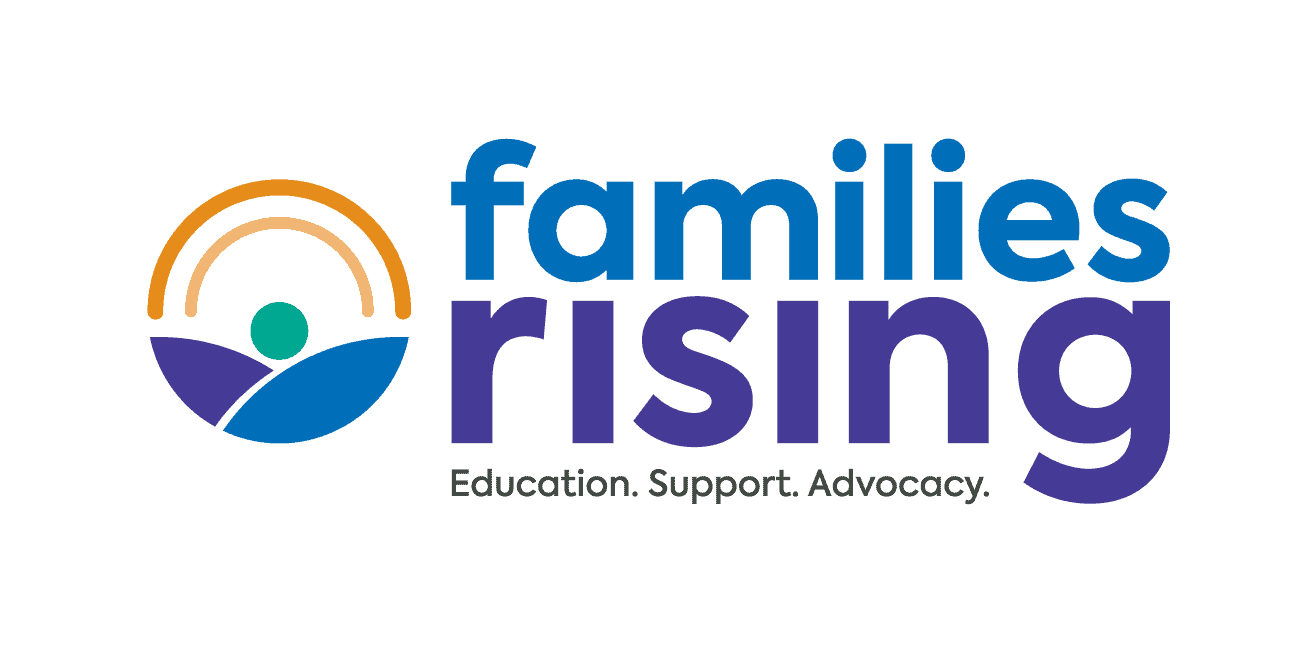Spring 2005 Adoptalk
According to the Children’s Bureau, a child’s chance of being adopted dramatically drops once he or she is within a few years of adolescence. It is also commonly understood that teens who age out of care face a very uncertain future. To address the need to seek stable homes for older children, Congress passed the Adoption Promotion Act of 2003—a law that gives states a financial incentive to place older children for adoption. States, in turn, have been calling upon public and private agency workers to locate more permanent families for waiting youth.
The Successful Adolescent Adoption Study (Flynn, Welch, and Paget, 2004)* analyzed successful teen adoptions through in-depth interviews with parents and the teens they adopted. The goal was to explore the concept of adoption success and learn what factors lead to positive outcomes. What we learned—through teens’ and parents’ perspectives—can help adoption workers prepare for challenges inherent in identifying and preparing permanent families for adolescents.
Advice from the Experts
The advice from parents and adoptees who participated in our study can roughly be translated into four major recommendations for adoption workers. They are:
1. Involve teens in recruitment.
To effectively recruit families for teens, adoption workers must work closely with youth. For one thing, a youth’s memories of his past may help to identify an adoptive resource. Teens also know what they want from adoption.
For workers, steps in the recruitment process should include:
- asking teens about family members with whom they have connections.
- contacting extended birth family members to learn if any can or will adopt or provide a permanent home for the teen. Conduct a thorough search, and inform teens of family responses to avoid the possibility of relatives appearing after adoption to claim teens’ loyalty by saying they wanted to adopt, but were never given the chance. One mother in our study, whose child had such an encounter, explains, “You can’t make a child want to be with you and love you when they’re confused like that.”
- if a relative is not willing or able to step forward, helping the youth to understand and come to terms with the birth family’s inability to parent. Teens must accept this reality to successfully move on to adoption.
- assessing waiting teens’ needs, and those of potential parents. Some teens are very practical. As one said, “I knew that I couldn’t be choosy when it came to adoption because I only had four years left until I would be 18. The time was short to find me a family and I had to give anyone a chance.” Prospective adoptive parents who simply want to parent or expand their family (and don’t have a specific child in mind) may be a good fit for pragmatic teens.Other teens and prospective adopters cannot even fathom making a commitment to adoption without first establishing a relationship. For them, workers should create more opportunities for ongoing teen and adult meeting and connecting. Investigate existing connections in the child’s life, or take advantage of community service programs that connect youth with adult volunteers. One father in the study volunteered as a Big Brother; another served as a mentor in a residential facility. Neither intended to adopt, but both became so attached to the youth that adoption was the logical outcome.
- once a match is made, helping teens and adoptive parents to get better acquainted before placement. Parents and adoptees in the study agree that they needed time to learn more about each other before living together. Workers must tell parents all they can about the teen’s history and needs, and promote the teens’ understanding of the adoptive family. Without adequate information or a thoughtful pre-placement visitation period, the adjustment process after a teen moves in can be much more difficult. Teens and their adoptive parents should help decide when the visitation period should end.
2. Help teens and adoptive parents make decisions that are right for them.
As successful as our study adoptions were, both parents and adoptees urged waiting youth and prospective parents to carefully consider adoption and how it will affect their lives before jumping in with both feet. And, to make the right decision, parents and teens need accurate information.
Because they are not adults, teens cannot make adoption decisions like parents, but they can influence the process by being involved in and accepting decisions made on their behalf. Workers can support teens through the process by:
- promoting open discussions about permanence. For many teens, adoption is a scary term. Conversations about permanence and options for ongoing support can be more productive, and may help teens more fairly consider adoption as one possible option.
- explaining their legal status. Some children in care are never informed when their parents’ rights are terminated. Make certain teens know if and when their birth parents’ parental rights ended, and what that means for them.
- providing ongoing support for teens who must accept that their birth parents cannot responsibly care for them.
- assuring teens that adoption (or even a termination of parental rights action) does not have to end their relationship with birth family members.
Some parents are as confused as teens about the adoption process. One parent in the study suggested, “During the adoption thing, we were pretty much, I figured, kept in the dark.” To help parents make wise decisions, workers should:
- clearly outline the adoption process. Then, as parents go through the process, remind them of their accomplishments as well as upcoming challenges.
- refer prospective adopters to training specific to parenting teenagers. Training should emphasize handling challenging behaviors common to teens adopted from foster care.
- promote ongoing learning. “One thing that happens when a person wants to adopt,” observed one parent, “is that they hear all of these horror stories, but they think they are different and they are capable. Then, when it happens to them, they wish they had listened.” Make sure every parent knows how to find a support group and other training opportunities.
3. Ensure that supports are in place before and after the adoption.
Adoptees and adoptive parents bring different concerns to adoption. Adoptees may worry that the new family will reject them as others have, or that they will never fit into a new community. Keeping in touch with siblings is another concern. Parents worry most about how to help teens become part of the family, cope with adolescence, and deal with any emotional and mental problems they have. As one couple explained, “He came at 13, and it’s hard to attach to 13-year-olds, even if you really like them and they’re really good.”
Adoptive families need a lot of support. At the same time, however, most parents in our study admitted that they did not know just what support they needed or could access at the beginning of the process. To get adoptions off to a good start, workers must proactively establish a network of support suited to the specific family and teen in question. For example, workers should:
- work toward a point where the teen and adoptive parent(s) mutually agree to the adoption, and then expedite the adoption process to make it official.
- discuss with parents and teens a plan for maintaining contact with birth family members, former foster families, or other important people in teens’ lives.
- brief adoptive parents about teens’ medical and behavioral needs—including ongoing medication, therapy, or other treatment.
- ensure that subsidy agreements are in place, and eligible teens are enrolled in medical assistance programs.
- suggest how families and teens can take a break from one another periodically. For instance, parents might be able to use respite money for summer camps or weekend retreats for their teens.
In short, the adoption worker needs to anticipate obstacles and remove as many of them as possible.
4. Encourage flexibility in defining adoption success.
How does one know if an adoption is succeeding? Fortunately, there is no single right answer. Success varies according to the children and parents involved, so workers should help parents and teens to realistically shape their own measures of success.
In the Successful Adolescent Adoption Study, for example, parents and the children they adopted said preserving the legal family connection is one aspect of success. As one couple put it, “It’s successful because he’s still here. While he has rebelled, he has not left.” A teen phrased it this way, “Before the adoption I was real hesitant because none of the other relationships ever worked out, and I didn’t think this one would. But I’m still here.”
Other teens and parents described success in terms of feeling like a family. As one parent said, “I feel good that they feel the love that we have for them and they feel a part of something, of a family, whereas they didn’t before.”
Success can also be measured by favorable outcomes for adopted teens. One person who was adopted as a teen explained, “Everything I ever wanted from a family, I got—love, comfort, warmth, someone to love me.” For some parents, having their children function well as adults (finishing school, holding down a job, getting married, having children—in that order) is success. For others, favorable outcomes are more realistically tied to their child’s history. “We celebrated when he had not been in jail for a year,” said one parent.
In Summary
“Adopting teenagers is important,” noted a parent in our study, “and it is doable.” Happily, workers who share this view can do a lot to help teens find and enjoy the benefits of connecting with a permanent family.
This article was made possible by grant # 90- C0-0891 from the Children’s Bureau, Administration on Children, Youth and Families, Administration for Children and Families, US Department of Health and Human Services. The contents are solely the responsibility of the author and do not represent the official views or policies of the funding agency. Publication does not in any way constitute an endorsement by the Department of Health and Human Services.



